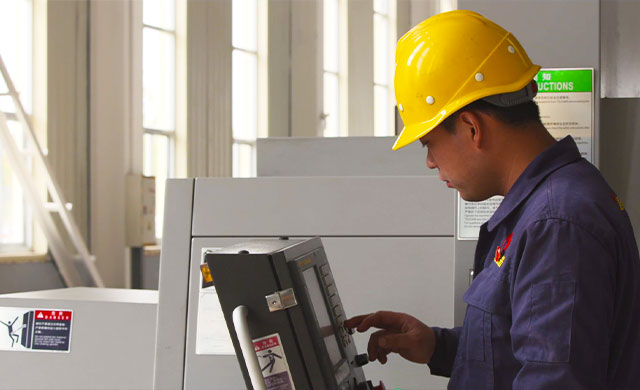
Dec . 14, 2024 23:19
Back to list
Gas Safety Valve Importance and Operation in Industrial Applications
Understanding Gas Safety Valves Ensuring Safety and Efficiency
Gas safety valves play a crucial role in various industries, from manufacturing to residential applications. These components are designed to prevent the over-pressurization of gas systems, ensuring that equipment operates safely and efficiently. This article delves into the importance of gas safety valves, their types, working principles, and maintenance tips.
What is a Gas Safety Valve?
A gas safety valve is a device that automatically releases gas from a system when the pressure exceeds a predetermined limit. This prevents potential hazards such as explosions, fires, or equipment failure, thereby safeguarding both human life and property. Safety valves are essential in systems that operate under high pressure, such as gas pipelines, boilers, and pressure vessels.
Types of Gas Safety Valves
There are several types of gas safety valves, each designed for specific applications
. The most common types include1. Spring-Loaded Safety Valves These are the most widely used safety valves. They utilize a spring mechanism to hold the valve closed until the pressure exceeds the set limit. Once the limit is reached, the valve opens, allowing gas to escape and reducing pressure.
2. Pilot-Operated Safety Valves These valves use a smaller pilot valve to control a larger main valve. They are particularly effective in situations where a precise control is necessary and can handle higher pressure systems.
3. Balanced Safety Valves Designed to minimize the effect of back pressure, these valves ensure consistent performance regardless of the fluctuations in upstream pressure. They are ideal for complex gas systems where stability is crucial.
How Gas Safety Valves Work
gas safety valve

Gas safety valves operate based on the principle of pressure differentials. The internal mechanism consists of a valve body, a sealing element, and a spring. Under normal operating conditions, the spring holds the valve seal tightly against the seat, preventing gas from escaping. However, when the pressure within the system exceeds the set limit, the force exerted on the valve overcomes the spring tension, causing the valve to lift and release gas, reducing the pressure to a safe level.
Once the pressure falls back to acceptable limits, the spring re-engages the valve seal, closing off the flow of gas. This automatic operation is vital for maintaining safety in gas systems, as it requires no human intervention.
Importance of Regular Maintenance
While gas safety valves are built to be durable, regular maintenance is essential to ensure their proper function. Over time, dust, corrosion, and wear can affect the performance of these valves. Here are some maintenance tips
1. Routine Inspections Regularly inspect gas safety valves for signs of wear, corrosion, or mechanical failure. Look for leaks or deformation that might compromise their integrity.
2. Testing the Valves Periodic testing of gas safety valves is crucial. This can be done by simulating over-pressure conditions to ensure that the valve activates correctly.
3. Clean the Valve Dirt and debris can impede the valve's operation. Ensure that the area around the valve is clean and free of obstructions. Conducting a thorough cleaning during maintenance checks can prevent build-up that might interfere with the valve action.
4. Replace Worn Parts If any parts of the valve show wear and tear, they should be replaced promptly. Delaying repairs can lead to catastrophic failures.
Conclusion
Gas safety valves are integral to the safe operation of gas systems in various settings. By understanding their types, functions, and maintenance needs, individuals and organizations can significantly enhance the safety of their operations. Regular inspections and maintenance not only comply with safety regulations but also extend the life of the equipment, ensuring efficiency and reliability in gas management. Investing time and resources in these critical components ultimately protects lives and assets in an increasingly gas-dependent world.
Latest news
-
Safety Valve Spring-Loaded Design Overpressure ProtectionNewsJul.25,2025
-
Precision Voltage Regulator AC5 Accuracy Grade PerformanceNewsJul.25,2025
-
Natural Gas Pressure Regulating Skid Industrial Pipeline ApplicationsNewsJul.25,2025
-
Natural Gas Filter Stainless Steel Mesh Element DesignNewsJul.25,2025
-
Gas Pressure Regulator Valve Direct-Acting Spring-Loaded DesignNewsJul.25,2025
-
Decompression Equipment Multi-Stage Heat Exchange System DesignNewsJul.25,2025

